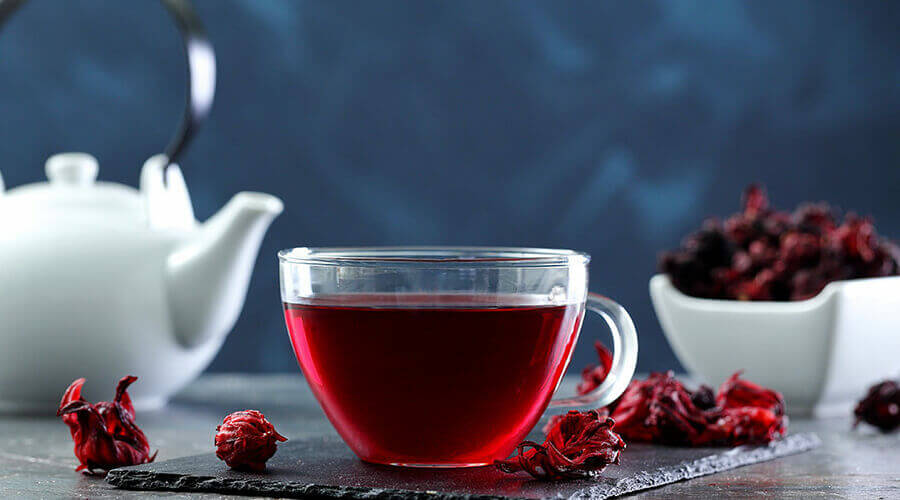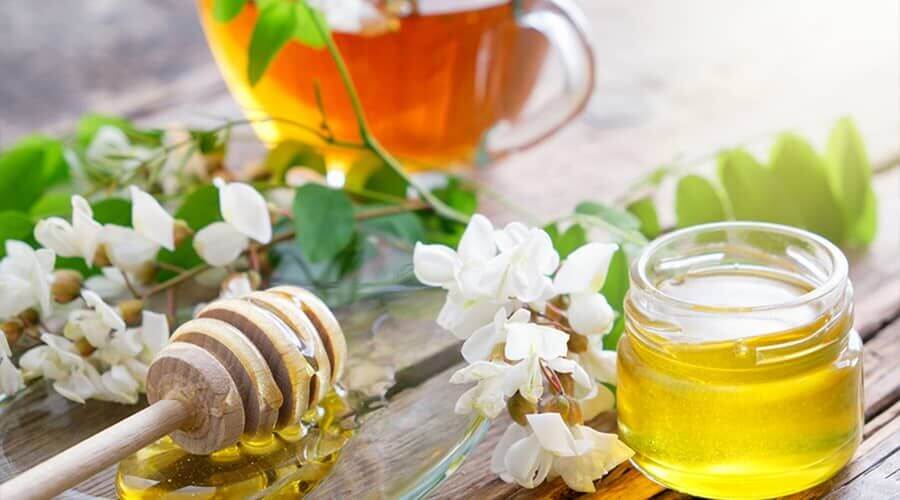Causes of inner knee pain – discover them here!

Inner knee pain can be caused by factors like ligament injuries, cartilage damage, overuse, or conditions like arthritis. Identifying the cause is key for treatment.

Inner knee pain can be caused by factors like ligament injuries, cartilage damage, overuse, or conditions like arthritis. Identifying the cause is key for treatment.

Try this mouthwatering puliska recipe, featuring a blend of rich spices, tangy flavors, and a perfect balance of ingredients for a delicious meal experience.

Hibiscus tea may cause low blood pressure, allergic reactions, or interact with certain medications. It’s important to consult a healthcare provider before consumption.

Sweet wormwood contains artemisinin, a compound with potential anti-cancer properties. Studies suggest it may help target cancer cells and inhibit tumor growth.

White acacia tea offers benefits like improving digestion, reducing inflammation, boosting immunity, and promoting relaxation, making it a great natural remedy.

Regular consumption of honey nuts provides numerous health benefits, including boosting energy, supporting heart health, and providing essential vitamins and minerals.

To prevent psoriasis flare-ups, maintain a healthy skincare routine, manage stress, avoid triggers, and use prescribed treatments to keep symptoms under control.

For digestive problems, consider remedies like herbal teas, probiotics, a high-fiber diet, and staying hydrated to promote better digestion and relieve discomfort.

Common rheumatological diseases include rheumatoid arthritis, lupus, osteoarthritis, gout, and fibromyalgia, which affect joints, muscles, and the immune system.

Foot pain from the knee down can stem from conditions like sciatica, plantar fasciitis, arthritis, or nerve issues. Identifying the cause helps guide treatment.